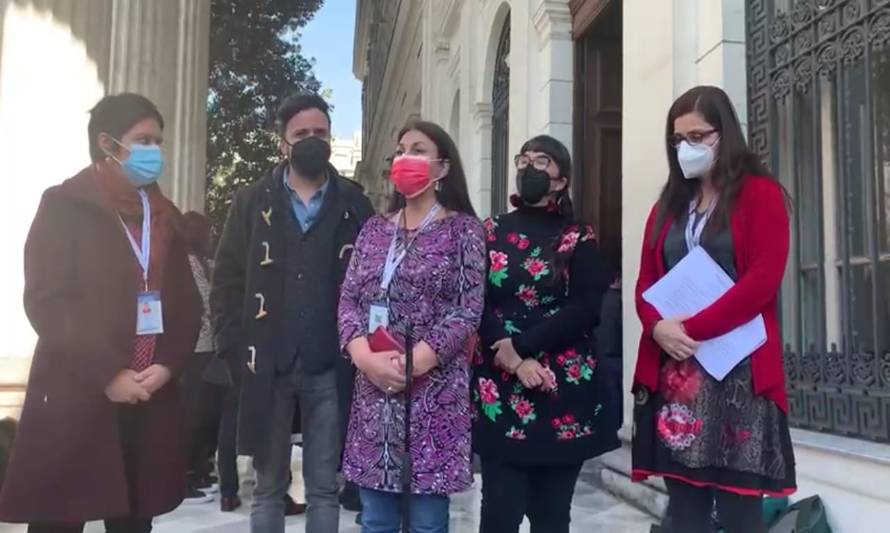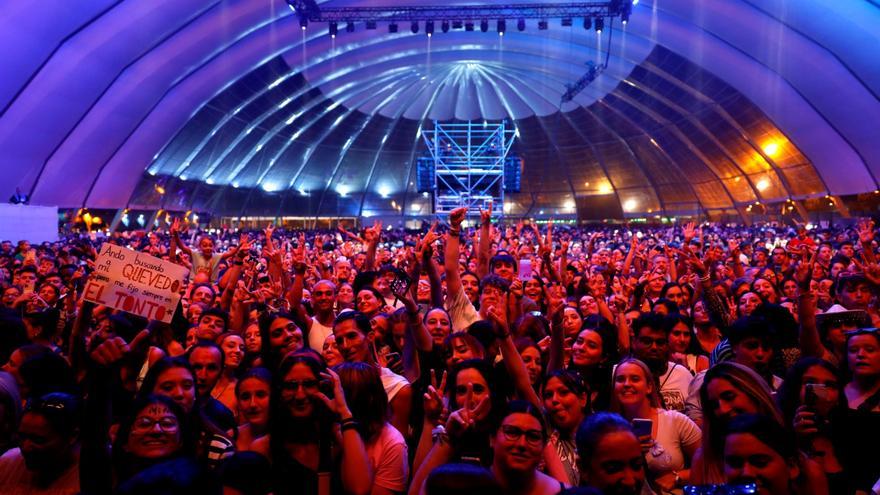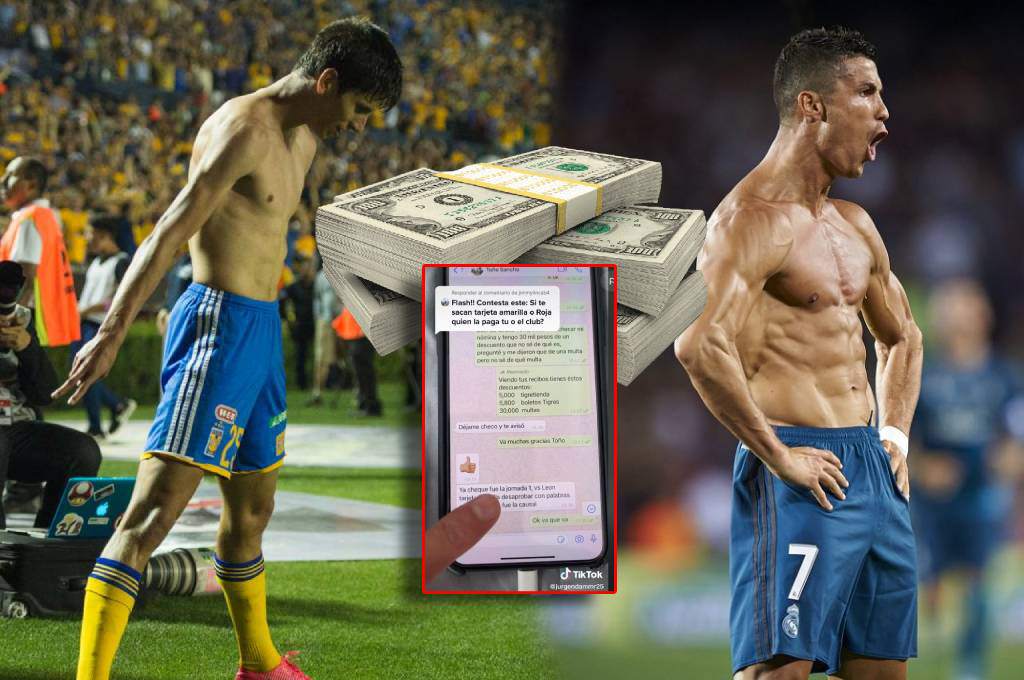In the “Combi de la Ciencia” he will adapt a solar refrigerator to carry antidotes for scorpion stings to remote places
They decided that science must move in Combi. A group of students led by Cristóbal Miguel García and his friends, all enrolled in the Faculty of Sciences (FC) of the UNAM, bring knowledge to the highly marginalized areas of the country, because that is where their origins lie and that is why they know their roots well. needs.
The physics undergraduate intern and mathematics student and his university co-conspirators adapted scientific apparatus and equipment to set up a mobile laboratory aboard an iconic blue Germanic Kombinationsfahrzeug pickup, model 1992, also known as the Combi.
And now they take to those remote places, difficult to access, the “Combi de la Ciencia. AC ”, a vehicle with which they bring knowledge and detonate in the inhabitants the taste and interest in science. A decade ago he left his hometown, with the aim of forging himself as a scientist. This summer he will return to the site with the project.
The project is part of his social service as a Physicist, carried out in the Museum of Light of the General Directorate for the Disclosure of Science (DGDC) of the UNAM, which was paused due to the health emergency and now he will resume it to carry out some ” scientific routes ”.
“I did not want to do some office work, which would be stuck in a drawer, and I decided to give back a little to the state of Guerrero, of how much it has given me, and I decided to contribute from my trench; This is how the ‘Combi de la Ciencia’ was born, a transport in which we transport people and equipment and thus we disseminate, because if the mountain does not come to Pedrito, the particle accelerators go to the mountain ”, he pointed out.
Throughout the pandemic we work from our Facebook page; Fortunately, prior to the health emergency, we tried our first live event from Guerrero, we gave workshops to make antibacterial gel, correct hand washing, as well as various Physics experiments; we did controlled fire and other practices with electricity, he explained.
Disclosure on four wheels
García Jaimes clarified that the “Combi de la Ciencia” is his initiative achieved “at the end of the coperacha”, and will be after the end of his social service an extramural project that “will not remain there, like a flare of a petate, as we say in my town”.
Among its objectives is to motivate university students to share something of what they know, in highly marginalized communities. “For example, one of the projects that I want to add to this Combi is a solar refrigerator to preserve the cold chain in antidotes against scorpion stings, because there are communities that are so far away, where there is not even electricity,” he said.
The university student assured that the activity he carries out has been well accepted by the community, hence the project will not be left adrift. “We already have our route: we want to visit the communities that surround Taxco, Iguala, Chilpancingo and Acapulco, to show that organized youth can carry out projects and one of these is to give back a little to the society that supports us with its taxes.”
Cross the Atlantic
Five years ago, he recalled, “the internet came to my town,” at that time I was already living in Mexico City and traveling from Santa Martha Acatitla, in Iztapalapa, to High School 6 in Coyoacán; “I have seldom seen so many people in my life, in this city I saw her and was impressed, she is a monster; in my town, when I left, we were barely three thousand inhabitants ”.
In Prepa 6 he endorsed his vocation for science and there he met Efraín Chávez Lomelí, a researcher at the Institute of Physics, who motivated his interest in Nuclear Physics.
“Thus, as I have said before, after eight months, 23 days and 19 hours, we managed to make a miniature particle accelerator for the interpreter contest, which in the end was the cheapest in the world, and with that I obtained the 2014 National Youth Award, and I managed to go to Switzerland to give a conference with the smallest and cheapest particle accelerator in the world, as one of the ‘200 leaders of Tomorrow’ by the International Student Committee ”, he underlined with pride.
In 2016, in the framework of the annual meeting of students for the International Day of Peace, held in the hall of the UN General Assembly, the university student presented in New York the work he did at the Science Without Borders Foundation, an organization non-profit, created by young people and dedicated to disseminating knowledge and culture in marginalized communities in the country.
New challenge
Today he achieved his maximum goal: to be accepted for a postgraduate degree at the Federal Polytechnic School of Lausanne, Switzerland, where he will participate in the future Lepton Circular Collider that will measure 100 kilometers in diameter and “will be the largest machine that humanity has ever built. Never”. Funding for their stay would come from the international organization Marie Curie Foundation.
“I will work on my project with the Italian researcher Tatiana Pieloni, who finalized the idea of an optical expert system for future particle accelerators. The current largest accelerator measures 27 kilometers in diameter, but the future generation will measure 100 kilometers and that is where I would work, in the expert optical system, and my excitement is that size, because my project would come from there ”, he explained.
“My mother always supported me, she raised pigs to help us, me and my two brothers, I also learned to make sausage while raising, but I am excited all the time, for all this opportunity that my family gave me, because I am clear that The University does not make it a single individual, but we all do it making our maximum effort at all times ”, he concluded.





